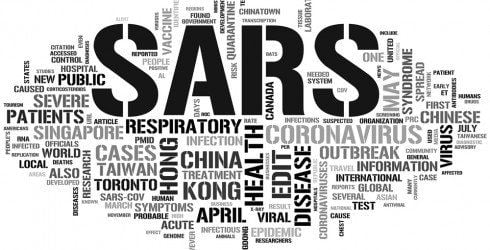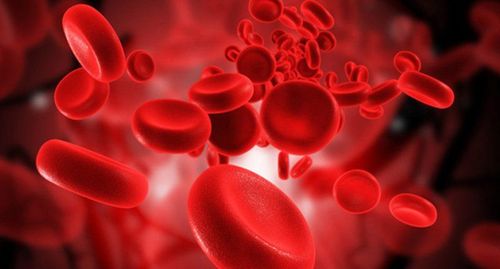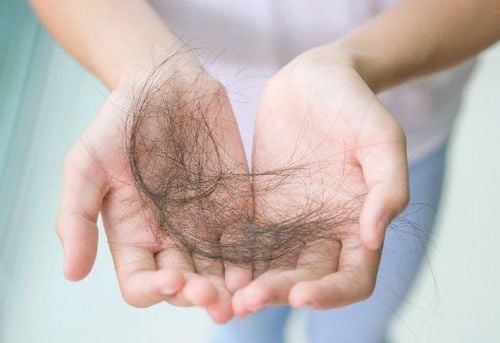This is an automatically translated article.
After seeing many women die from postpartum infections, Dr. Semmelweis made an appeal for medical staff to wash their hands to avoid spreading bacteria, however, at that time, this idea was not accepted. supported and even vehemently opposed, people even thought that he was mentally ill.
1. History of the practice of hand washing
In the 19th century, the obstetrician resident of the Vienna General Hospital, Ignaz Philipp Semmelweis was dubbed the "savior of pregnant women" because he called on doctors to practice hand washing in order to Limit the spread of bacteria to the patient.However, at that time, this opinion caused him and his colleagues to have a very serious conflict, they considered him crazy. Semmelweis was confirmed by world medical documents to have shaken the medical industry after the harsh truth was revealed about the infection problem at the hospital.
In the 1840s, in Hungary, in order to create clinical practice opportunities for staff, a number of hospitals and commercial medical schools organized a model of free medical examination and treatment for the poor. At the place where Dr. Semmelweis works, 2 clinics following this model were also opened. One room is used to train midwives, where the maternal mortality rate is 1/25. Another room is a place to train students to practice, the death rate of patients is 1/10.
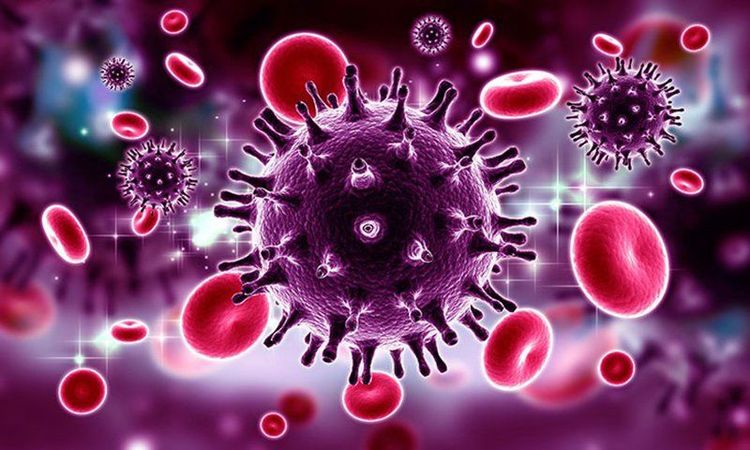
Rửa tay để hạn chế lây lan vi khuẩn khi tiếp xúc với người khác
After a few months, the number of women giving birth dying at these clinics is up to 1⁄3 of the total. Because the mortality rate increased abnormally, the doctors checked to determine the cause, and found that in the postpartum period, the pregnant women before death all had high fever.
Dr. Semmelweis found that the death rate for women who give birth in the street is even lower than for women who give birth in other wards. This is a very controversial point. After that, he decided to leave the Vienna hospital because he could not explain the reason. After a while, he received news that his best friend had passed away because during the autopsy, the intern was clumsy around the abdomen. And he realized, the image of a close friend who died was similar to the situation of pregnant women who died.
He theorized that doctors and interns were exposed to small particulate matter from cadavers during autopsies. These particles are then passed on to pregnant women. This is considered the first turning point in medical history, someone has questioned the link between the risk of infection and cadaver.
Although there is no clear research, but Semmelweis decided to act, before the patient often performed surgery, delivered the baby, he forced the medical staff in the clinic to wash their hands with chlorine. He believes that washing hands with normal soap alone among staff who frequently come into contact with cadavers is not enough to remove particles from cadavers because the smell of corpses remains on hands. Chlorine washing solution is also recommended by him to other hospitals to remove the smell of corpses on hands and hopefully particles from corpses are also removed.
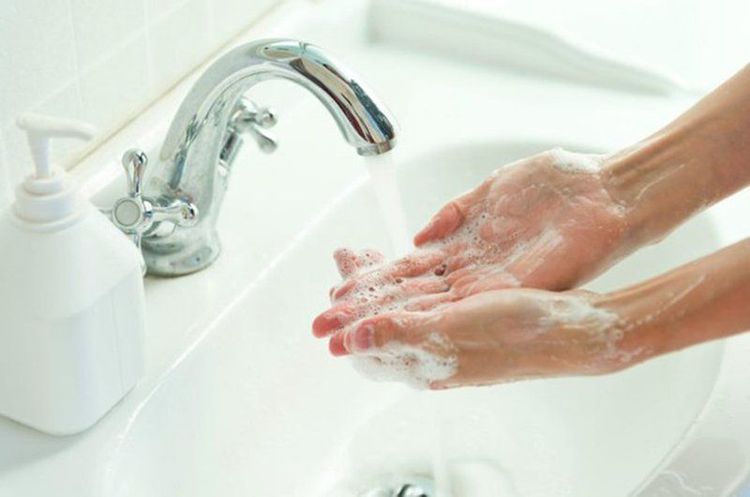
Semmelweis cho rằng chỉ rửa tay với xà phòng là chưa đủ
After 3 months of applying the above method, initially recorded the number of deaths at clinics decreased sharply from 1/10 to 1/100. However, at that time, because there was no theoretical basis to explain, his opinion was opposed by his colleagues. They thought he was mentally ill. In fact, in his own theory, he suggested that the cause of the fever was particles from the corpse, but it still did not explain why some pregnant women despite not being in contact with people who had touched them. dead but still feverish. Doctors denounced Semmelweis' theory and said it was tantamount to accusing doctors of causing disease, an insult in the history of the medical profession.
Semmelweis was fiercely opposed by his colleagues. They also signed a statement that he was insane. Semmelweis was sent to a mental hospital by three obstetricians. During a visit to his wife and children, he was beaten and died of an infection at the age of 47.
Today, Semmelweis is recognized by world history as a person with great contributions to the medical profession. His name is given to several medical schools, hospitals, obstetrics and gynecology clinics, and museums. He is considered the savior of pregnant women.
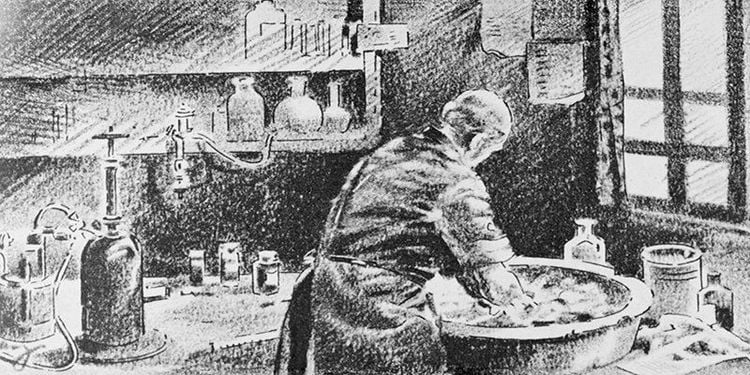
Semmelweis đã có đóng góp to lớn cho ngành y nói chung và sản phụ khoa nói riêng
2. The role of hand washing in hospitals
For people working in the health industry, hand hygiene is extremely important, even for the community. If you do not wash your hands before touching your eyes, nose or mouth, you are very susceptible to respiratory infections such as colds, flu...
Washing hands helps prevent infection. Keep your hands clean to prevent getting sick in public places, at home, or at work...In health facilities, daycare, schools and play areas, public areas, washing practices hand is a very important measure. This is also a measure to ensure food safety.
In healthcare settings, handwashing practices can prevent potentially fatal infections from spreading from patient to patient, from patient to healthcare provider, and back again. again.
When examining, treating or caring for a sick person, the hands of medical staff contain a lot of disease-causing agents, and may even contain many pathogens, including those that are dangerous and dangerous. threaten the patient's life. Therefore, in the control of hospital-acquired infections, hand hygiene is considered routine as well as the first solution.
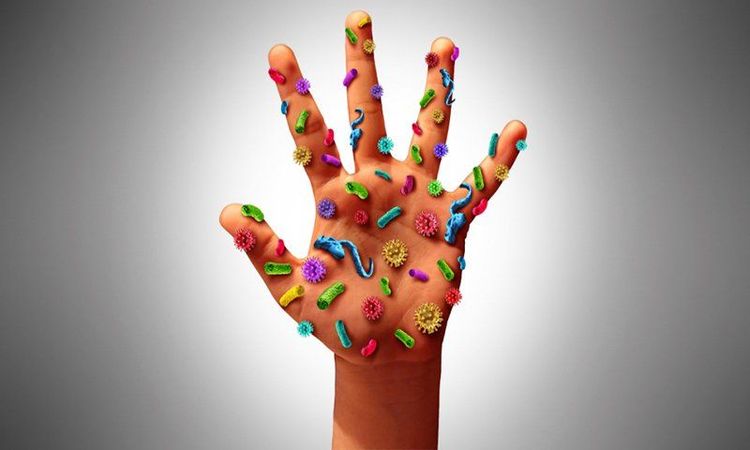
Bàn tay của nhân viên y tế chứa rất nhiều mầm bệnh
3. Current situation of hand washing practice
Throughout the years, many studies have been done and shown that the percentage of doctors who wash their hands has changed a lot. In the beginning, in intensive care units, only 26% of staff practiced hand washing and 36% in other departments. This rate increased to 50% after the hand hygiene monitoring system was installed by hospitals. A study has shown that every year about 100,000 Americans die and 17,000 people get infections because doctors do not have the habit of washing their hands in hospitals.
In fact, at present, many medical professionals still do not practice proper and sufficient hand washing. There are many reasons given, such as because they are too busy or they feel like they have to wash their hands every time they go to the toilet. Until now, hand hygiene is still a pain in the medical industry, many quick hand washing has been invented to bring more convenience. Some facilities even install modern equipment that reminds doctors to wash their hands.
In Vietnam, in recent years, the Ministry of Health ‘has launched a hand hygiene movement in both hospitals and communities. Maintaining hygiene, including hand hygiene, can prevent infectious diseases that have been and are happening, the simplest measure is washing hands with soap.
Hand hygiene is the first of the 9 standard precautions in patient care.
Reference article source: npr.org
Recommended video
SEE ALSO:
Instructions for washing hands with soap Meaning of surgical hand washing Instructions for hand washing steps according to the standards of the Ministry of Health




